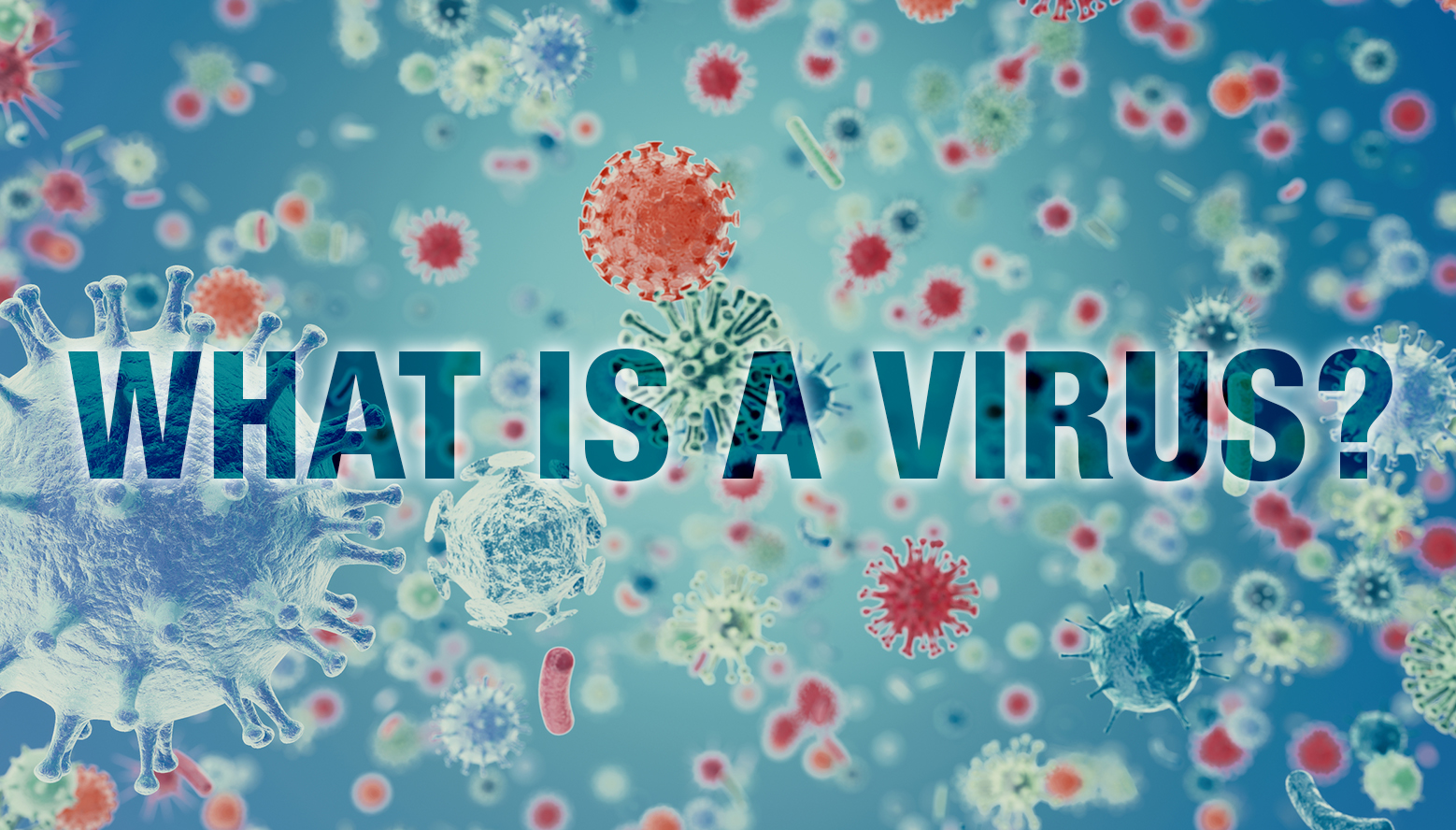
Contrary to the opinion of some political appointees, viruses do exist. Unlike the “viruses” that infect your computer, they are living. Both can cause serious complications. Viruses are made up of genetic material and have a protective coat but unlike cells they don’t have all the equipment to make copies of themselves. They have to break into the cell and use the cell’s materials to make more copies of themselves (reproduce). Viruses are 100-1,000 times smaller than the cells in your body.
Viruses are grouped into categories based on having similar features. One of the more known categories is the human herpesvirus. This very large family causing illness like herpes, chickenpox, shingles, “mono” and cytomegalovirus (CMV).
CMV is the most common infection acquired before birth in the United States. CMV is generally mild and most newborn who are infected have no signs of illness at birth and remain well. However, it may lead to hearing loss and significant developmental problem in infancy and childhood. (In Texas all newborns have their hearing checked and, if abnormal, are checked for CMV.)
The virus is common in adults and most people do not even know that they have been infected. Once a human is infected, the virus stays in the body for life, usually in a resting or inactive state. The virus can become active and cause disease in children/adults when they have immune-compromised conditions.
About 1 in 5 babies with congenital CMV infections will have hearing problems and/or significant central nervous system injury resulting in intellectual disability and problems throughout life. The virus can cross the placental and have its lasting effects on the infant’s body and brain. It can also be passed to the infant through fluid in the birth canal or through breast milk. The earlier the infection is in the developing brain the more significant the extent of the damage to the central nervous system. Newborns and infants who acquire CMV during or after birth usually remain well and without any signs of CMV.
There are antiviral medications (ganciclor and valganciclor) that can be used to treat CMV. Depending on how long the baby has had the infection before the treatment they still may have hearing loss or other developmental challenges.
Currently there’s no licensed vaccine for CMV. Several developing vaccines have showed promise in preventing infection and reducing the severity of the disease. The goal is to develop vaccines that can prevent primary CMV especially in pregnant women and individuals undergoing organ transplants. If research is allowed to continue, Moderna has a promising candidate.
Ways to lower spreading CMV is handwashing before and after feeding, wiping the nose, changing diapers, and touching pacifiers. Avoid sharing cups, utensils and toothbrushes. Handwashing, handwashing, handwashing.
(The American Academy of Pediatrics has a new service for information. Type AAP Fact Check and see what comes up.)
by Sally Robinson, MD Clinical Professor
Keeping Kids Healthy
Published April 2025
Also See: UTMB Pediatrics - Pediatric Primary Care
UTMB After Hours Urgent Care